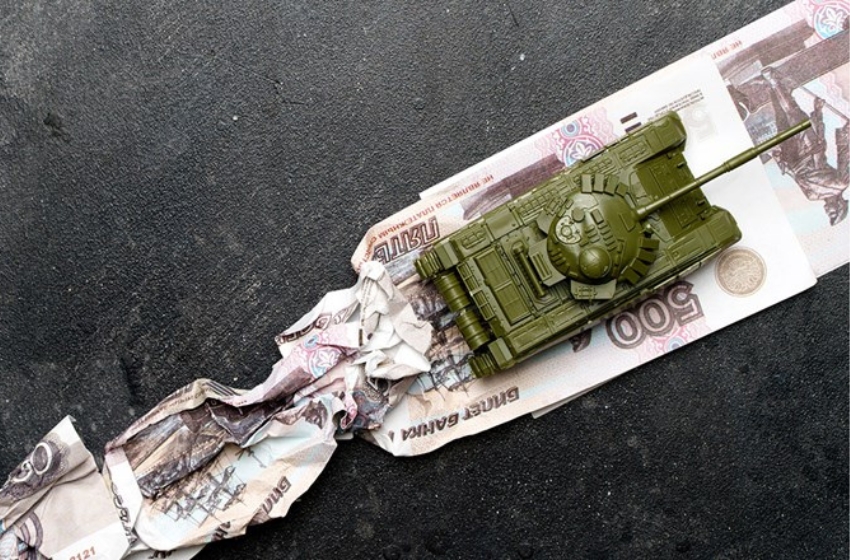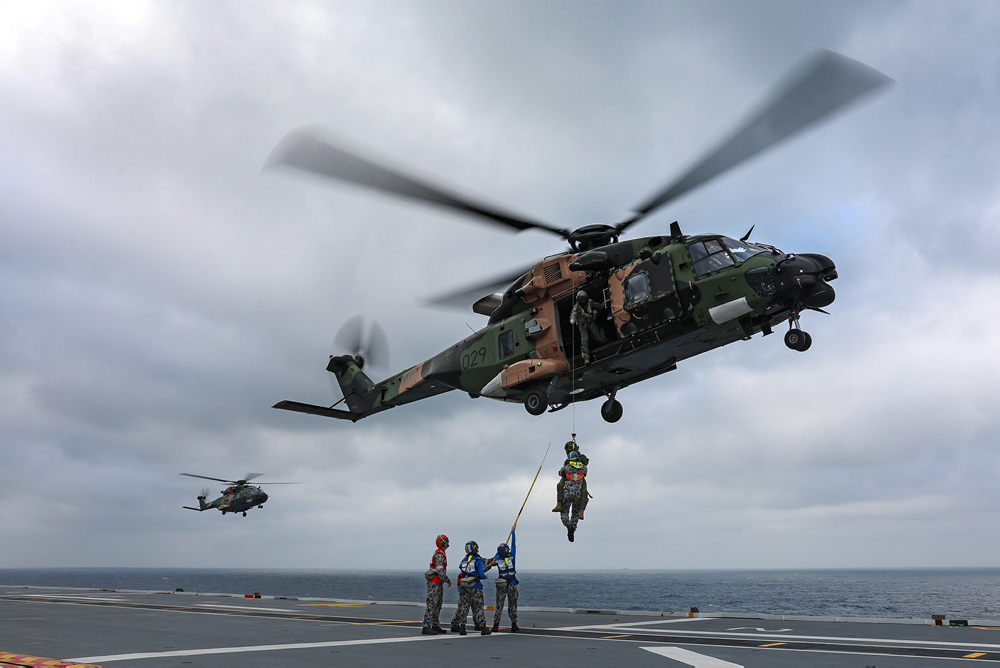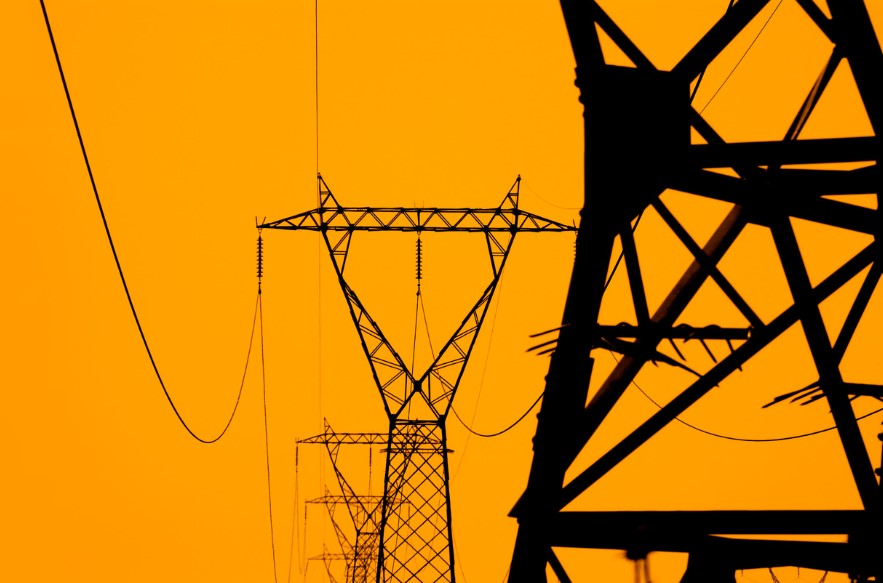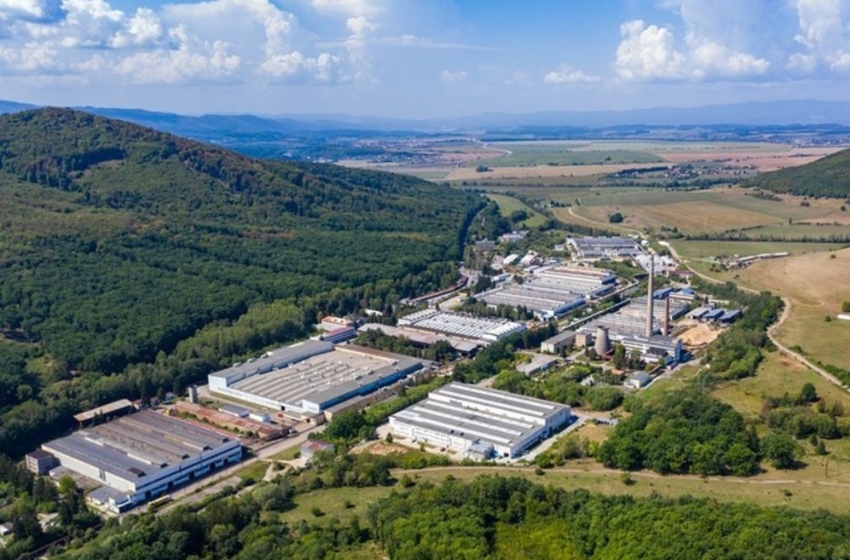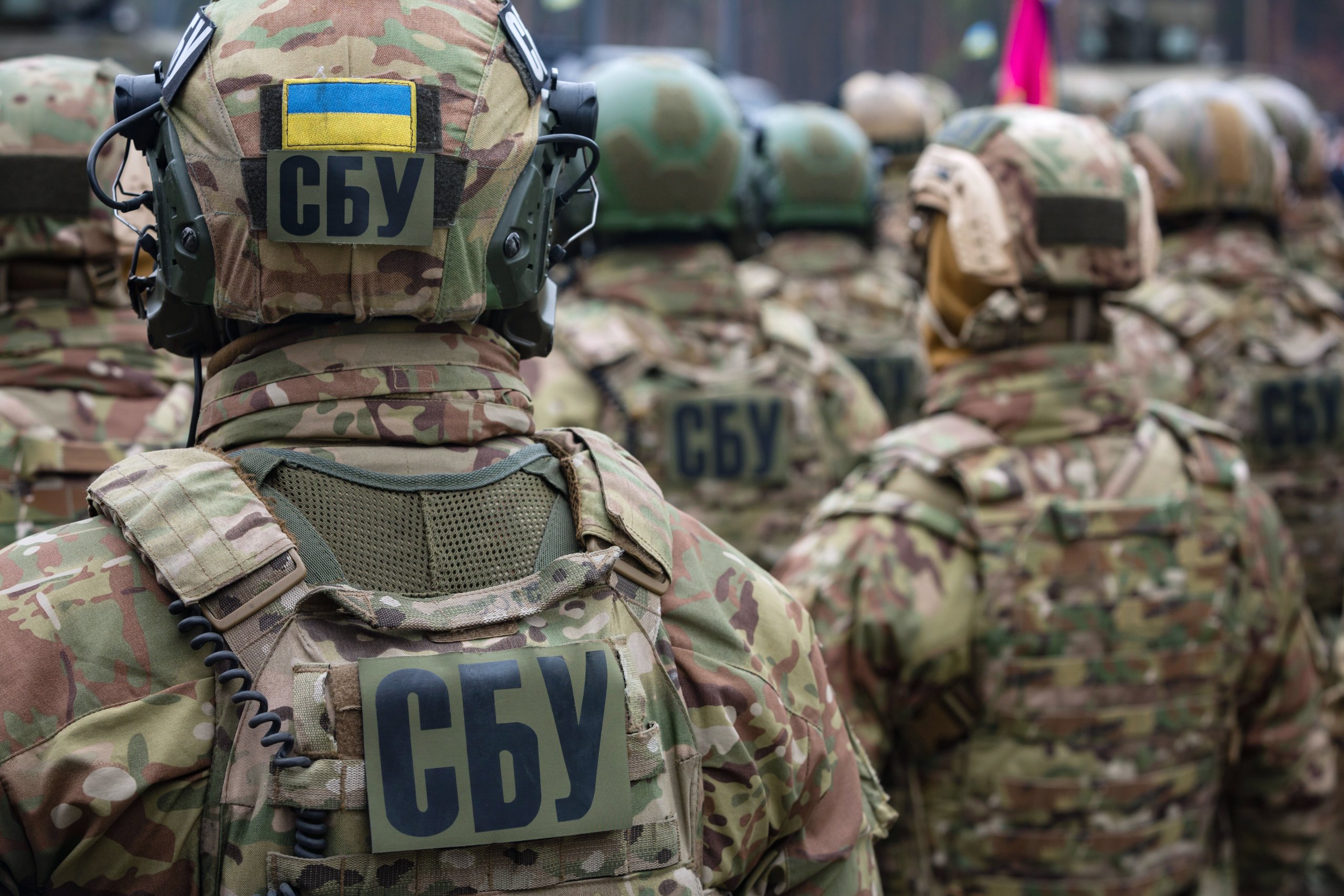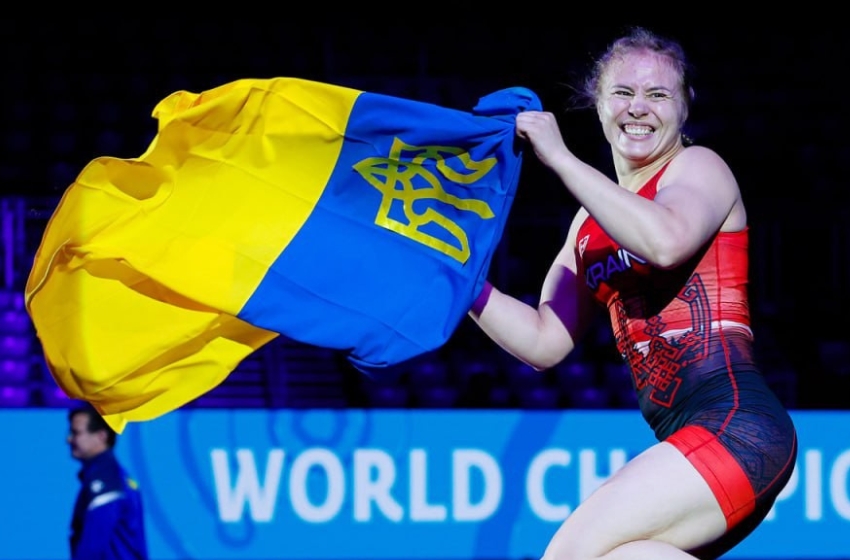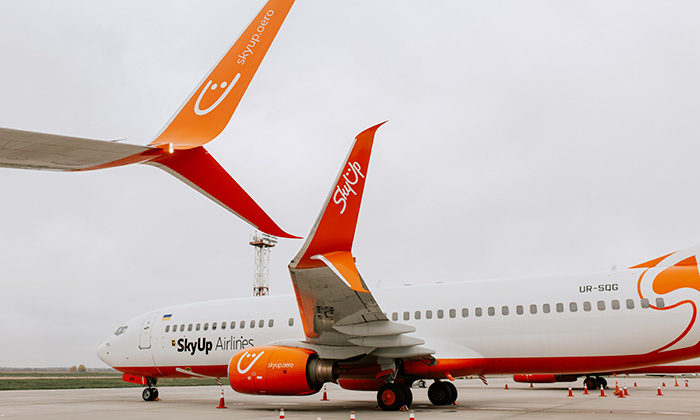Russia's unsustainably high payments to soldiers and the impacts of the resulting domestic labor shortage will likely further destabilize the Russian economy, regardless of the Kremlin's claims of economic stability.
Russia’s strategy of incentivizing volunteer recruitment by offering large one-time payments to recruits and simultaneous efforts to rapidly expand its defense industrial base (DIB) since 2022 has required Russia to significantly increase payments to both sustain military recruitment and to augment the DIB’s labor force.
Russia has had to significantly increase the federal and regional one-time bonuses to incentivize Russians to sign military contracts rather than take other jobs, given high Russian casualty rates.
Competition between Russia’s DIB and civilian enterprises is raising the average salary for these positions and is raising prices in service industries writ large. These factors, coupled with labor shortages in the civilian and defense sectors, are likely contributing to the divergence between the cost of goods and services in the Central Bank’s report by limiting Russian economic growth, force generation efforts, and defense industrial production.
ISW continues to assess that Russia cannot indefinitely replace its forces at the current casualty rate without an involuntary reserve mobilization, which Russian President Vladimir Putin has shown great reluctance to order, nor can it sustain increasingly high payments to recruits, which the Russian economy cannot afford.
Russia is effectively burning the candle at both ends by simultaneously loosening monetary policy to stimulate short-term growth, while expanding fiscal expenditure to feed the military effort. This strategy will likely adversely affect the Russian economy by weakening consumer purchasing power, devaluing the ruble in the medium- to long-term, and creating deeper macroeconomic instability.









